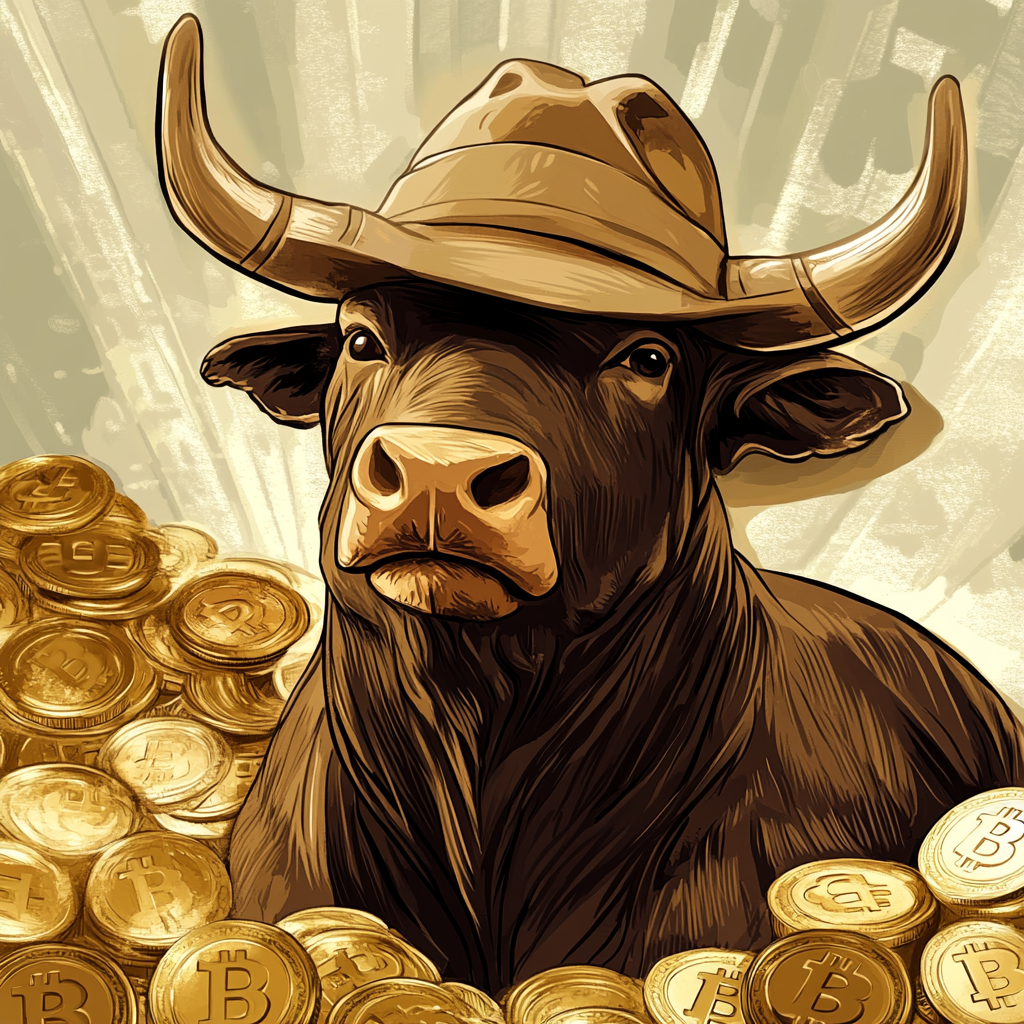
Kaspa and Injective Dip While Rollblock Dominates: The Next Big Crypto Gem
In a year marked by impressive growth in the crypto…

As the current bull market for Bitcoin surpasses its midpoint, the resilience and security of the Bitcoin network continue to not only underpin BTC’s value but also drive significant capital influx. With the approval of BTC spot ETFs, a massive inflow of traditional capital has elevated its market cap beyond $1.3 trillion.
Often overlooked is the distinction between the Bitcoin network and BTC as a digital asset. Unlocking Bitcoin’s full potential hinges on leveraging the network capabilities, transitioning Bitcoin from a mere store of value to a cornerstone of the Bitcoin economy.
In December 2022, the introduction of the Ordinals protocol revolutionized the Bitcoin ecosystem unexpectedly.
The surge in “Inscriptions” has shifted public and developer focus towards the Bitcoin ecosystem, illuminating the potential to unlock Bitcoin’s immense capabilities. Within just 12 months, the total market cap of Bitcoin inscriptions based on Ordinals soared past $3.5 billion, showcasing rapid growth. Even today, the daily NFT transactions on the Bitcoin network exceed those on Solana.
However, the heightened expectations for the Bitcoin ecosystem have also led to setbacks. The quick cooling off of the Inscriptions craze, the underwhelming launch of the anticipated Runes project, and the dramatic downturn of the Merlin project from its TVL peak post-token issuance have cast doubts on the future of the Bitcoin ecosystem.
The rise of Memecoins has significantly shifted market attention.
This tumultuous phase in the Bitcoin ecosystem resembles the ‘annealing process’ in semiconductor manufacturing, aimed at relieving internal stresses to enhance ductility and toughness.
We believe this principle is applicable to the development of the Bitcoin ecosystem. After the FOMO has subsided, which projects continue to actively build? What are the developmental directions and trends of the Bitcoin ecosystem?
This article categorizes and explores the trends and representative projects within the Bitcoin ecosystem, analyzing how they address challenges and their roles within the ecosystem.
Bitcoin, as the first successful cryptocurrency, primarily focused on security and decentralization in its network design, inherently limiting programmability and transaction speed.
While upgrades like SegWit and Taproot have somewhat mitigated these issues, the frenzy around Ordinals asset issuance has starkly highlighted the network’s limitations: severe congestion, escalating gas fees, and a dire need for more robust smart contract capabilities.
As demand for functionalities beyond Bitcoin’s original features grows, the Bitcoin ecosystem is exploring various scaling solutions. These solutions largely draw from the Ethereum ecosystem’s experiences, adopting a modular layered architecture. This has given rise to the concept of ‘Bitcoin layers.’
This architecture includes:
This multi-layered architecture enhances programmability, significantly speeds up transaction processing, improves data availability, and expands the ecosystem’s possibilities.
In the fiercely competitive Bitcoin Layer2 space, most solutions employ EVM technology stacks and use cross-chain bridges to address Bitcoin’s scaling issues. While these solutions can quickly establish ecosystems in the short term, they lack a strong binding with the Bitcoin main chain and are heavily reliant on cross-chain bridges, introducing potential security risks.
Additionally, using Ethereum’s account model and EVM to expand Bitcoin, which is based on the UTXO model, somewhat contradicts the “Bitcoin Native” philosophy.
From a technical perspective, L2 solutions can be categorized into three types:
The ideal scenario would allow the Bitcoin network to actively verify Rollup proofs, similar to Ethereum’s approach, and reject invalid block data. Moreover, it should ensure that assets within the Rollup can be securely withdrawn to the Bitcoin network under extreme conditions (e.g., long-term downtime or refusal to accept transactions by Rollup nodes or sorters).
The Bitcoin ecosystem’s current developments indicate a maturing market where innovation meets practicality. The key to tapping into Bitcoin’s potential lies in utilizing its network more effectively, moving beyond viewing BTC solely as a store of value and towards its integration into broader economic infrastructures.
As we continue to monitor these developments, it’s clear that the Bitcoin ecosystem is poised for significant transformations that may redefine its role and functionality in the digital asset world.
Disclaimer: The projections and information presented here are for educational purposes only and should not be considered financial advice. CoinGrab.Asia assumes no responsibility for any losses resulting from the use of this data. Readers are encouraged to perform their own research and proceed cautiously before engaging in any related activities.